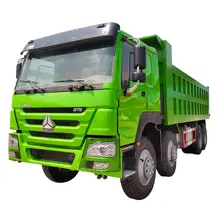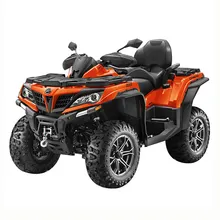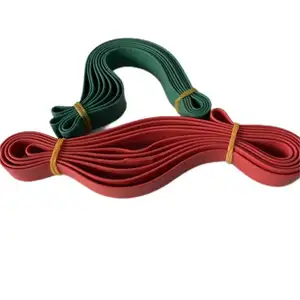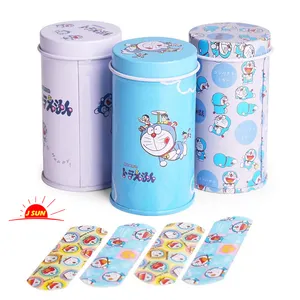

5Cm X 4.5M Băng Chống Thấm Màu Chất Liệu Không Dệt Bán Chạy Cấp Y Tế Băng Dính Tự Dính Đàn Hồi Gắn Kết


Hot bán chi phí-hiệu quả bỏng chăm sóc mặc quần áo ghi Kem ghi Gel mẫu miễn phí cho Viện trợ đầu tiên


BUTYL băng không thấm nước tự dính nhôm lá mỏng BUTYL cao su Băng rò rỉ sửa chữa niêm phong BUTYL Băng



































 浙公网安备 33010002000092号
浙公网安备 33010002000092号 浙B2-20120091-4
浙B2-20120091-4